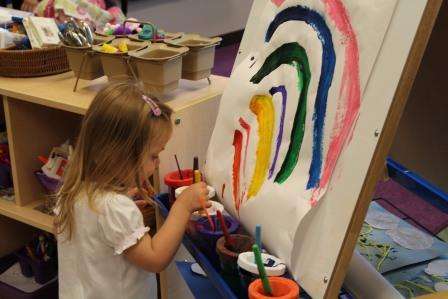Myriad research have proved that colors influence learning. Kids should be surrounded by stimulating colors as they absorb environment quickly. Color selection and placement can affect the attention, behavior and activities of the child.
As different age groups respond differently to colors, it is pivotal to take kids’ age into consideration. Here is a guide to help you decide the color of your child’s study room or his/ her bedroom.·
Preschool and Primary school (5-10 years)
Bright colors increase the activity in your brain. Paint your child’s space with vibrant blues and greens. This stimulates creative thinking yet brings a sense of calmness to the space.
Middle School and Junior High- (11- 14 years)
Mix colors of bright and cool colors. They help in concentration. Bright greens stimulate creativity, while cool colors calm the child.
Adolescents-(14- 18 years)
Deeper and more subdued colors stimulate without leading to stress or distracting. Colors like olive, green, gray and violet are good selections for a child in this age group.
Lack of color can have adverse effects on your child’s learning.Human efficiency rates drop when exposed to complete white or off white surrounding due to lack of stimulation in monotone environment.
Surrounding your child with appropriate color schemes relieves eye fatigue, increases productivity and accuracy, and supports development process.
Children are aware of the color that surrounds them. It impacts how they operate in environment.Make that color choice that offers your child more than what the eyes meet!
